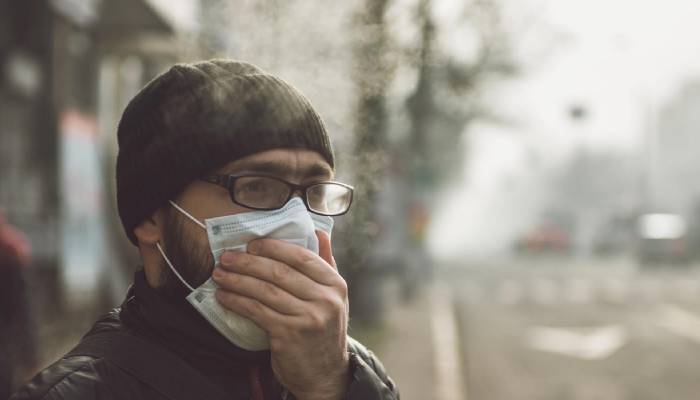
New research revealed surprising facts about how air pollution and cancer risk are spread across the United States.
As we all know air pollution, which is commonly caused by industrial activities or vehicle emissions can travel long distances and pose a major threat to human health.
This can lead to higher rates of conditions such as asthma, respiratory infections, lung cancer and stroke.
In the study, published in Environmental Science & Technology, researchers from Desert Research Institute (DRI) and the University of Nevada, Reno (UNR) analyzed sociodemographic data from the US Census Bureau and public health and air pollution information from the US Environmental Protection Agency (EPA) between 2011 and 2019.
Patrick Hurbain, postdoctoral researcher and environmental epidemiologist at DRI who led the study said, "I wanted to look holistically at poor health outcomes from air pollution exposure throughout the country and through time to see if things are getting better or worse, and what the main socioeconomic drivers are for where the pollution is being distributed.”
The researchers found that urban communities, lower income areas and those regions with higher proportions of racial minorities had an increased estimated cancer risk due to air toxins.
While, air pollution controls have led to improvements in racial disparities over time, the risks for lower-income communities have stayed consistent.
Researchers plan to expand the study by looking into factors such as the age of housing and local industries to improve public health.












